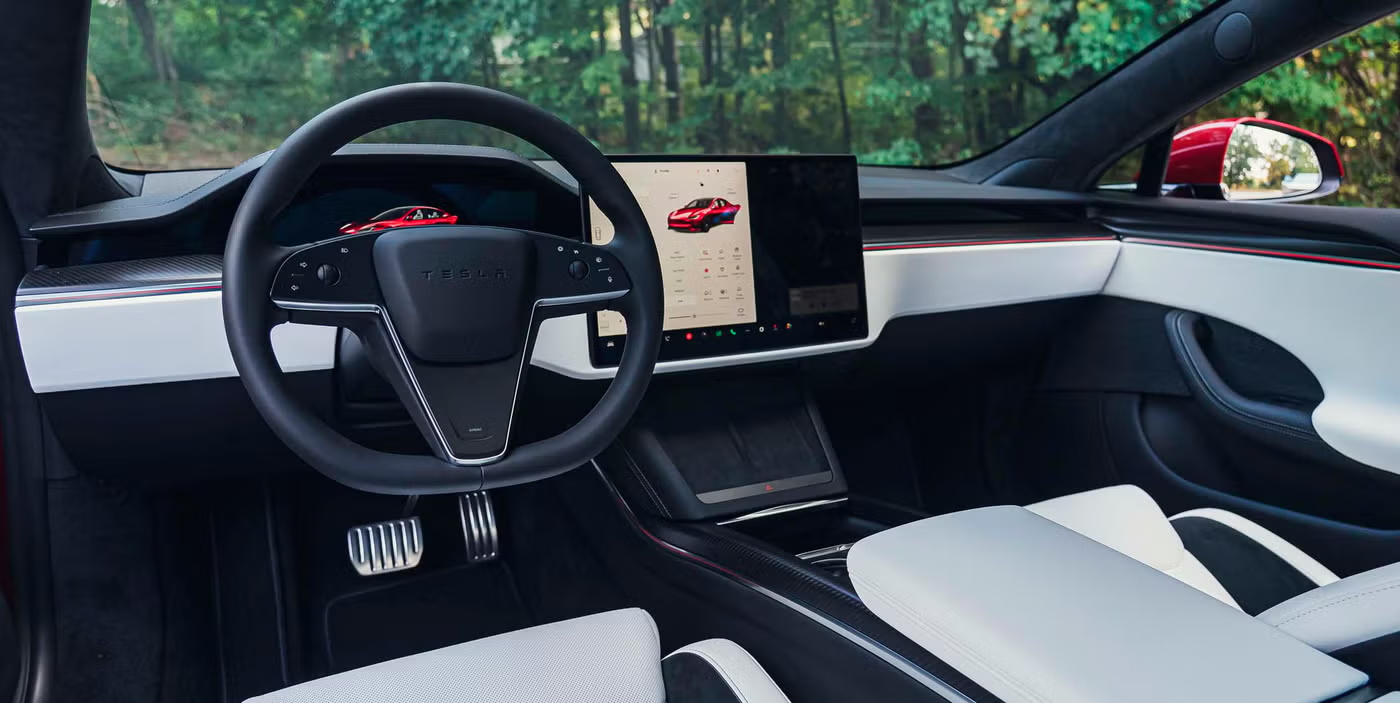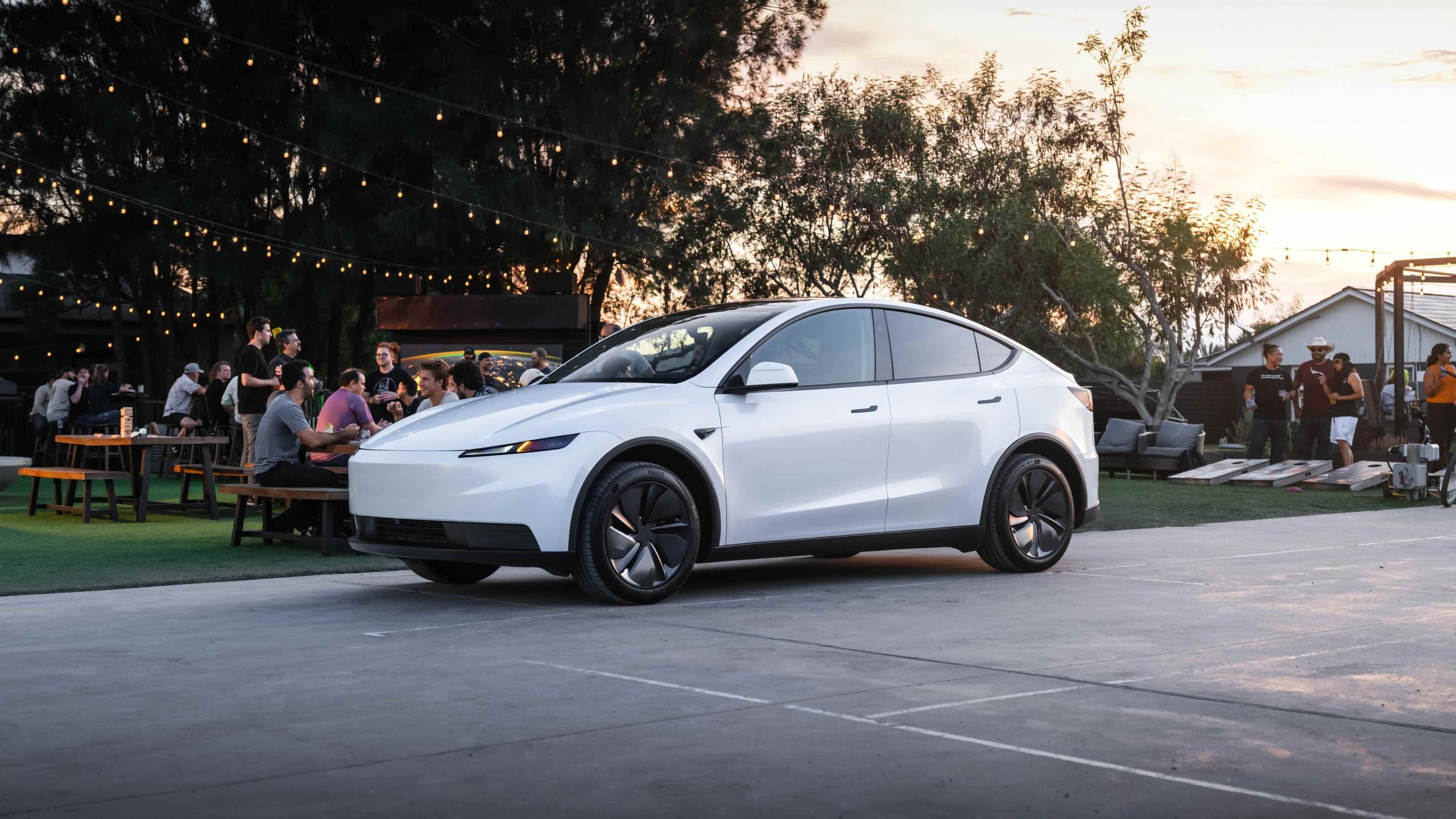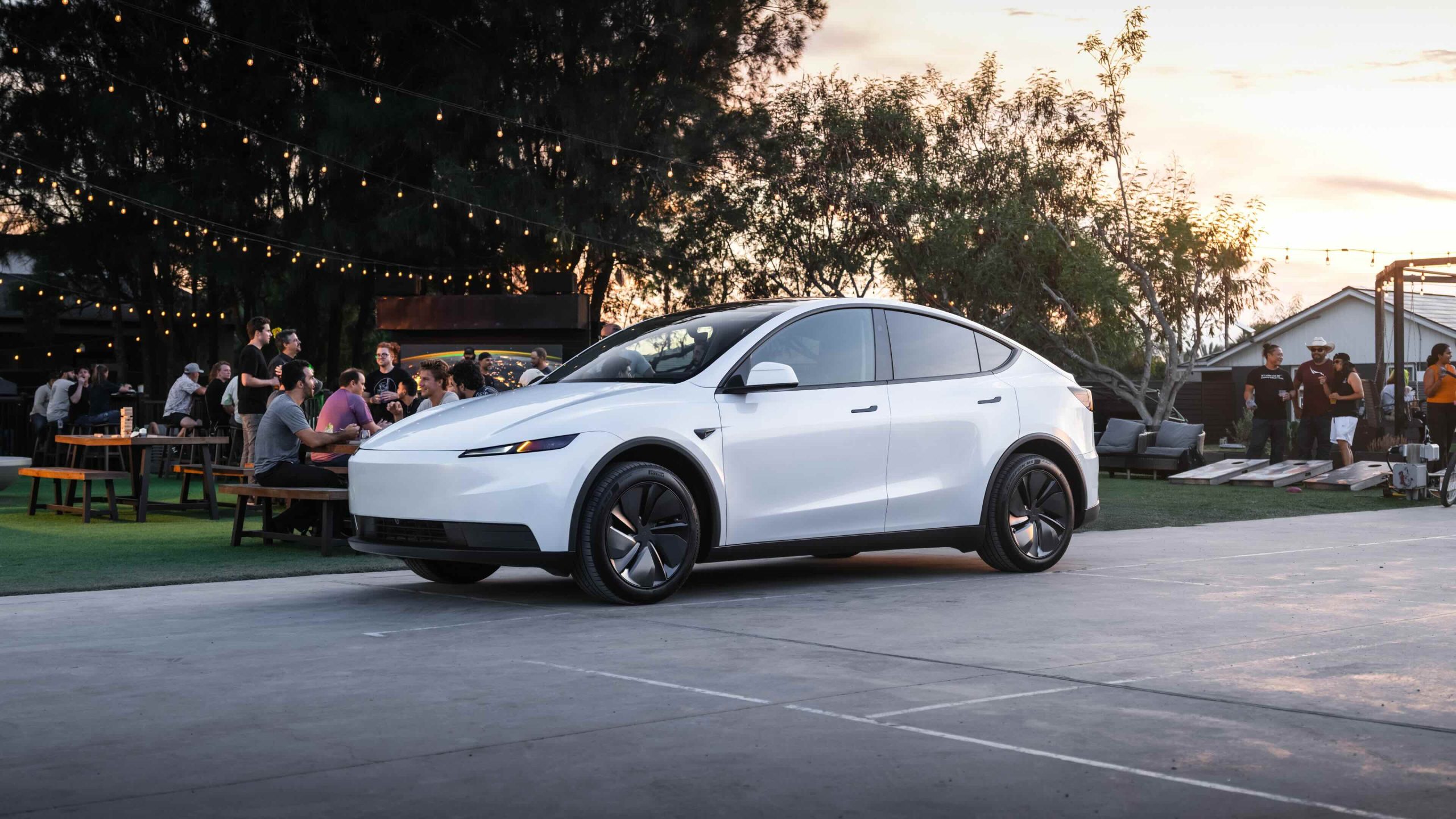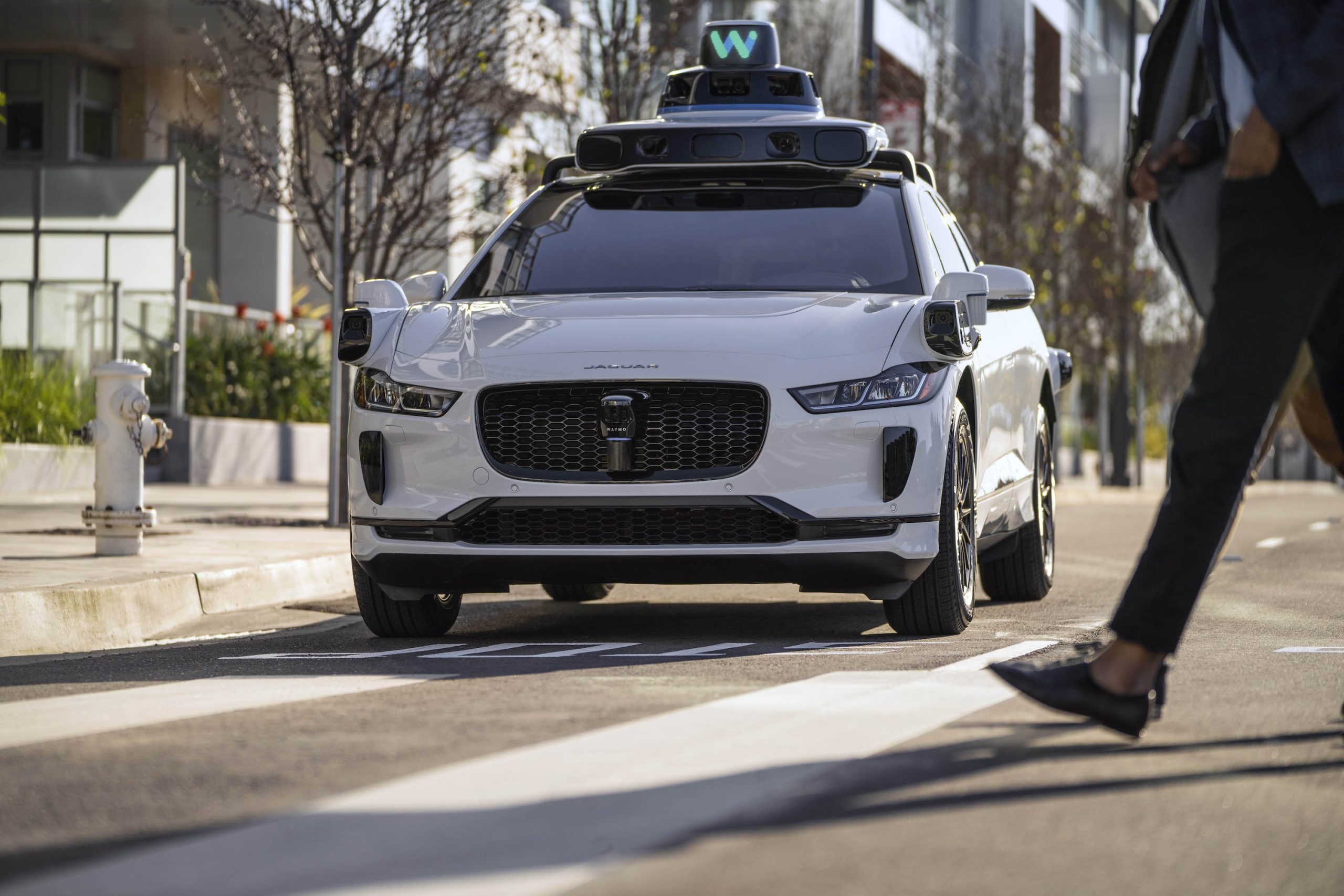Stellantis Innovates with New EV Battery Design: A Leap Towards Efficiency
Covers infotainment, ADAS and software updates. Daily: Hyundai Ioniq 5. Project car: NB Miata with a homebrew CarPlay retrofit.
In the fast-evolving world of electric vehicles (EVs), Stellantis, the parent company of brands such as Jeep, Chrysler, and Peugeot, is set to revolutionize the market with its latest innovation. The company is testing a new battery design that eliminates the need for separate chargers and inverters, promising increased efficiency and extended range. This breakthrough could significantly impact the future of EVs, potentially setting a new industry standard.
Stellantis's pursuit of efficiency is pushing the boundaries of EV technology. By integrating the charger and inverter within the battery pack, the company aims to enhance the overall performance and range of its electric vehicles. This innovative design, known as the Intelligent Battery Integrated System (IBIS), was recently tested on a Peugeot e-3008, demonstrating a significant 10% improvement in energy consumption. The reduction in separate hardware not only decreases the vehicle's weight by approximately 40 kilograms but also optimizes space within the car, potentially allowing for additional features or storage space.
The IBIS system's efficiency stems from its novel approach to battery management. Instead of relying on a single converter for all the battery's needs, Stellantis's design controls each of the 24 modules individually through advanced software and circuitry. This setup allows for precise management of power output and input, minimizing energy loss and improving charging speed. During tests, the Peugeot's energy consumption was reduced by 10% on the WLTC driving cycle, and charging time was cut by an hour using a standard 7-kW home charging station.
One of the standout features of the IBIS system is its ability to adapt to varying cell chemistries within the same battery pack. This flexibility means that individual modules can be replaced or upgraded without needing to swap out the entire battery. This approach not only extends the lifespan of the battery but also aligns with sustainable practices by reducing waste. Stellantis's use of proven, cost-effective components ensures that this cutting-edge technology remains accessible and cost-effective.
Beyond its technical innovations, the IBIS project showcases a successful collaboration between Stellantis and various partners, including industrial entities like Saft, E2CAD, and Sherpa Engineering, supported by the French government's Future Investment Plan. This collective effort underscores the importance of cross-industry collaboration in driving forward technological advancements. The involvement of educational and research institutions further highlights the role of academia in fostering innovation and supporting the transition towards a more sustainable automotive industry.
While the IBIS design is currently being tested on European roads, its potential applications are far-reaching. The system's adaptability makes it a strong candidate for future EV models across different markets, including North America and Asia. Stellantis is also exploring the integration of all-wheel drive capabilities and testing the system in more extreme conditions to ensure its robustness and reliability across diverse environments. As the automotive industry moves towards a zero-emission future, innovations like these are crucial in accelerating the adoption of electric vehicles globally.
Looking ahead, the IBIS battery design could enter production by the end of the decade, setting a new benchmark for EV efficiency and performance. As Stellantis continues to refine its technology, the automotive world watches closely, anticipating how this innovation will influence future vehicle designs. With the potential to enhance range, reduce charging times, and increase vehicle efficiency, IBIS represents a significant step forward in the journey towards sustainable transportation.
About Noah Stein
Covers infotainment, ADAS and software updates. Daily: Hyundai Ioniq 5. Project car: NB Miata with a homebrew CarPlay retrofit.



